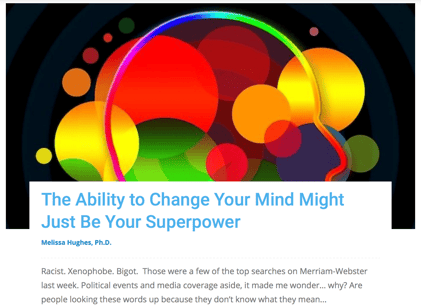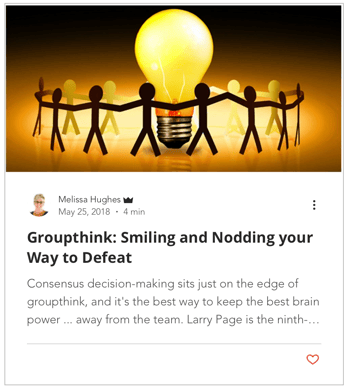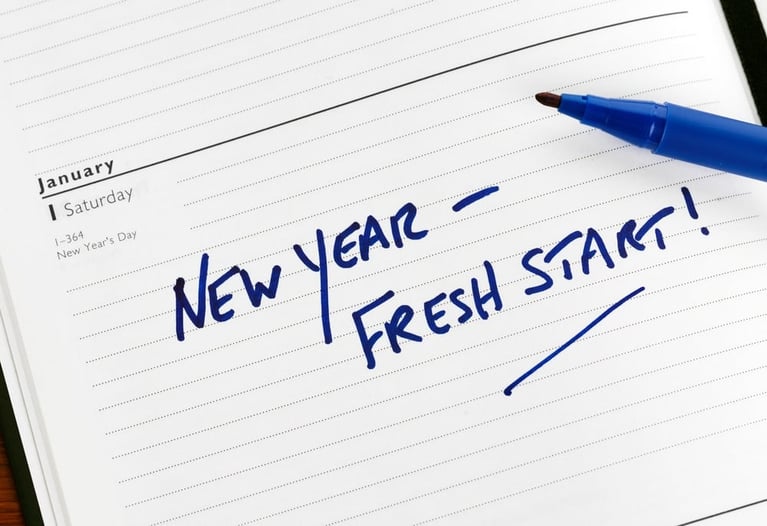For example, Sodexo boasts that ‘gender balance is our business’, and their mission is to make it everyone else’s business too. According to 2018 stats, 40% of all staff members and 43% of members on the board of directors are women. They maintain that an optimal gender balance increases employee engagement by 4%, gross profit by 23% and brand image by 5%. They also show no sign of stopping on their mission to optimize gender-balance, vowing that by 2025, 40% of their workforce will be made up of women.
Consider how Kaiser Permanente described their commitment to diversity:
“As the largest managed care organization in the USA, the Kaiser Permanente workforce reflects no racial majority, with nearly 60% of the staff comprising of people of color. Additionally, three-quarters of all employees, nearly half of the executive team, and more than one-third of their physicians are women. Part of the diversity agenda is to provide culturally-acceptable medical care and culturally-appropriate services to all of the 140 cultures currently represented in the population of the US.”
Full disclosure: I’m a woman and I’m pleased at the commitment these organizations are making to level the opportunities for women. However, whether you identify as a member of the majority or the minority, isn’t it a stereotype in and of itself to assume that your contributions will be more or less valuable based upon human anatomy below the neck or skin color? Doesn’t this completely fail to address what we’re trying to accomplish in the first place: diversity of thought?
In these two examples, while at first glance seem noble, the irony of broad stereotypes within their definition of diversity is glaring. By focusing on race and gender, the assumption is that people who look different from me must think different from me and those who look like me must think like me. The very definition of a stereotype is “a widely held but fixed and oversimplified image or idea of a particular type of person or thing.”
While many organizations have made great gains in restructuring hiring and training practices to be more inclusive, taking the concept of diversity seriously requires that we look beyond race, religion, and gender and embrace diversity of thought. It appears we still have work to do in that regard.
“Diversity is being invited to the party; inclusion is being asked to dance.”
– Verna Myers
In 2014, Joe Duarte and his research team found that a group of liberal social psychologists explicitly admitted they would discriminate against those who do not share their beliefs. When surveyed about their self-assessed probability of voting either for or against a known conservative job applicant (when both alternatives are equally qualified for the job), about 82% indicated they would be at least a little more likely to vote against the conservative hire, with about 43% indicating a fairly high degree of certainty they would (above the midpoint of the scale).
These are all classic examples of confirmation bias: when it comes to questions of subjective belief, we search out evidence to confirm that which we believe to be true and aligns with our general world view. When there is dissonance between our vision of how things should be, we look for reasons for that dissonance – often in the form of flaws in others’ thinking. And flaws in thinking inevitably spill over into flaws in character.
The construct that our world views are shaped by culture, background, experiences, and personalities is fundamental to the concept of diversity of thought. Organizations that bring people together with diverse perspectives on a wide range of things – i.e., how learn and communicate, where they find inspiration, the way they approach problems – can create conversations that stimulate creative disagreement and cultivate tolerance and open-mindedness.
Some of the world’s most innovative companies have relied on creative disagreement to foster growth. For example, Alfred Sloan, General Motors CEO from 1923 to 1946, famously closed a senior executive meeting by saying, “Gentlemen, I take it we are all in complete agreement on the decision here.” Everyone nodded. So, he continued, “Then, I propose we postpone further discussion of this matter until the next meeting to give ourselves time to develop disagreement, and perhaps gain some understanding of what the decision is all about.”
Amazon requires diversity of thought over social cohesion. The thirteenth leadership principle at Amazon is:
“Have Backbone; Disagree and Commit: Leaders are obligated to respectfully challenge decisions when they disagree, even when doing so is uncomfortable or exhausting. Leaders have conviction and are tenacious. They do not compromise for the sake of social cohesion. Once a decision is determined, they commit wholly.”
Because the fundamental premise of diversity of thought rests on bringing together different ideas, it cultivates more ideas, better ideas, and guards against groupthink.
ideas, it cultivates more ideas, better ideas, and guards against groupthink.
Does encouraging people push boundaries and challenge ideas happen without friction, effort, or conflict? Of course, not. It’s much easier to hire, promote, collaborate and even communicate with someone who shares your values and beliefs. But, without friction, effort, and conflict, growth isn’t possible. Criticizing someone simply for having a different opinion is as not much different from criticizing yourself for having different opinions 10 years ago. Growth isn't just about challenging the views of others, it's about challenging our own views and the existing systems and norms that support those views. In addition to growing intelligence, we must also learn how to grow intellectual humility.
Make one of your corporate values that you foster a culture of inclusion that values diversity of thought, empowers employees and inspires collaboration. Cutting edge thinking requires challenging the norm. Real diversity is not measured by skin color, religion, age, or sex. There are laws in place to ensure people aren't discriminated against on the basis of ethnicity or gender. That might make the workforce look different, but if people are stuck in old ways of thinking and focused on fitting in and not rocking the boat, it will not result in a workforce that thinks differently.
A good first step is understanding the irrational judgments we often make because of subconscious implicit biases. Check out my Cognitive Bias in the Workplace whitepaper or schedule a brief call to discuss how I can bring a professional development session on cognitive biases to your organization.
“Diversity: The art of thinking independently together.” – Malcolm Forbes
If you enjoyed this article, you might also enjoy this collaboration with Joe Kwon:
Getting Diversity Right: The Missing Ingredient








